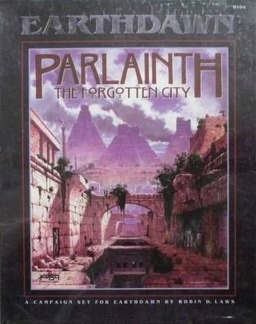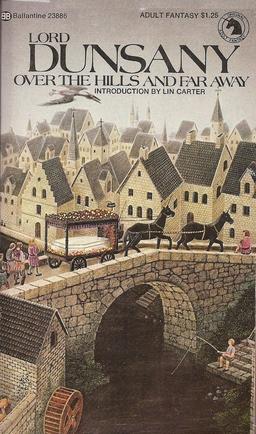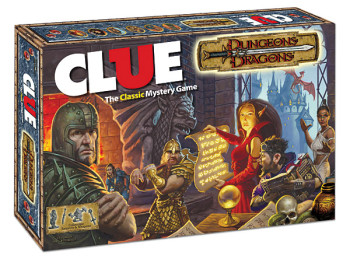Margaret St. Clair, Andrew Offutt, and Appendix N: Advanced Readings in D&D
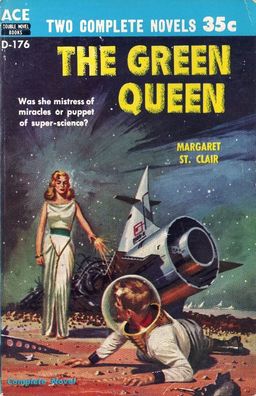 I think I’ve read — and written — more about Gygax’s Appendix N in the last year than I have in the past three decades.
I think I’ve read — and written — more about Gygax’s Appendix N in the last year than I have in the past three decades.
I’m not sure why there’s been such a recent surge of interest in a relatively short addendum to a 1979 gaming volume, to be honest, but I credit James Maliszewski. He’s examined Appendix N more diligently than any other fan writer, with several intriguing articles on his popular gaming blog Grognardia over the years.
Those include “My Appendix N” (from May 8, 2009), in which he answered the question “What fiction has influenced your campaigns, play styles, and writings?”; “Appendix N 2.0” (June 28, 2010), which reviewed the more extensive list of recommended books Gygax compiled thirteen years after the publication of the DMG, for his 1992 fantasy RPG Mythus Magick; and “Appendix N, 1981 Edition” (June 15, 2011), examining the fantasy authors “whose works are relevant to D&D,” as cited by the authors of What is Dungeons & Dragons?
Perhaps most fascinating, one of James’ earliest articles on the subject was “Addendum to Appendix N,” (November 25, 2008), in which he published Gygax’s answer to the question “How would Appendix N change if you’d written it in 2007 rather than 1979?”:
The fact is that I wouldn’t change the list much, other than to add a couple of novels such as Lanier’s second Hiero yarn, Piers Anthony’s Split Infinity series, and the Disc World books.
I would never add other media forms to a reading list. If someone is interested in comic books and/or graphic novels, they’re on their own.
I think it’s probably safe to say that James has been the king of Appendix N scholarship for the past five years. (Read the complete text of Gygax’s original Appendix N here).
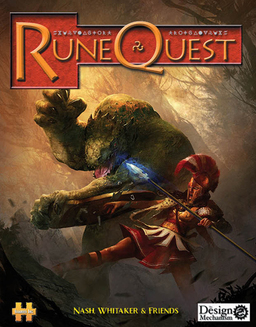
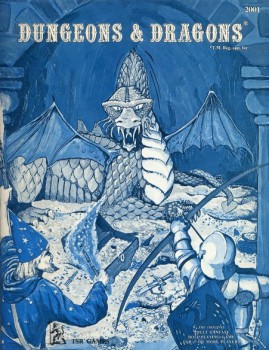

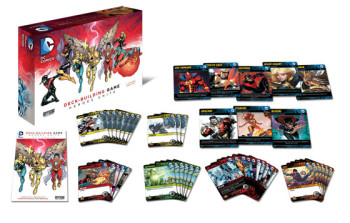

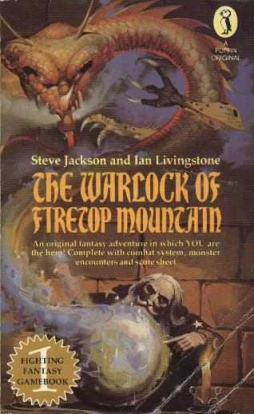 It’s a time for looking back, as the old year ends. Now so it happens that on a Boxing Day sale I picked up a book I loved as a child; and therefore it seems fitting to write a little about it, now, glancing back down the vanished days of this and other years, and to try to again see the pleasure I once had. Will it come again, as I work through the text? If I work on the text, then no. Because this text, more than most, is not made for working. It is a thing to be played.
It’s a time for looking back, as the old year ends. Now so it happens that on a Boxing Day sale I picked up a book I loved as a child; and therefore it seems fitting to write a little about it, now, glancing back down the vanished days of this and other years, and to try to again see the pleasure I once had. Will it come again, as I work through the text? If I work on the text, then no. Because this text, more than most, is not made for working. It is a thing to be played.